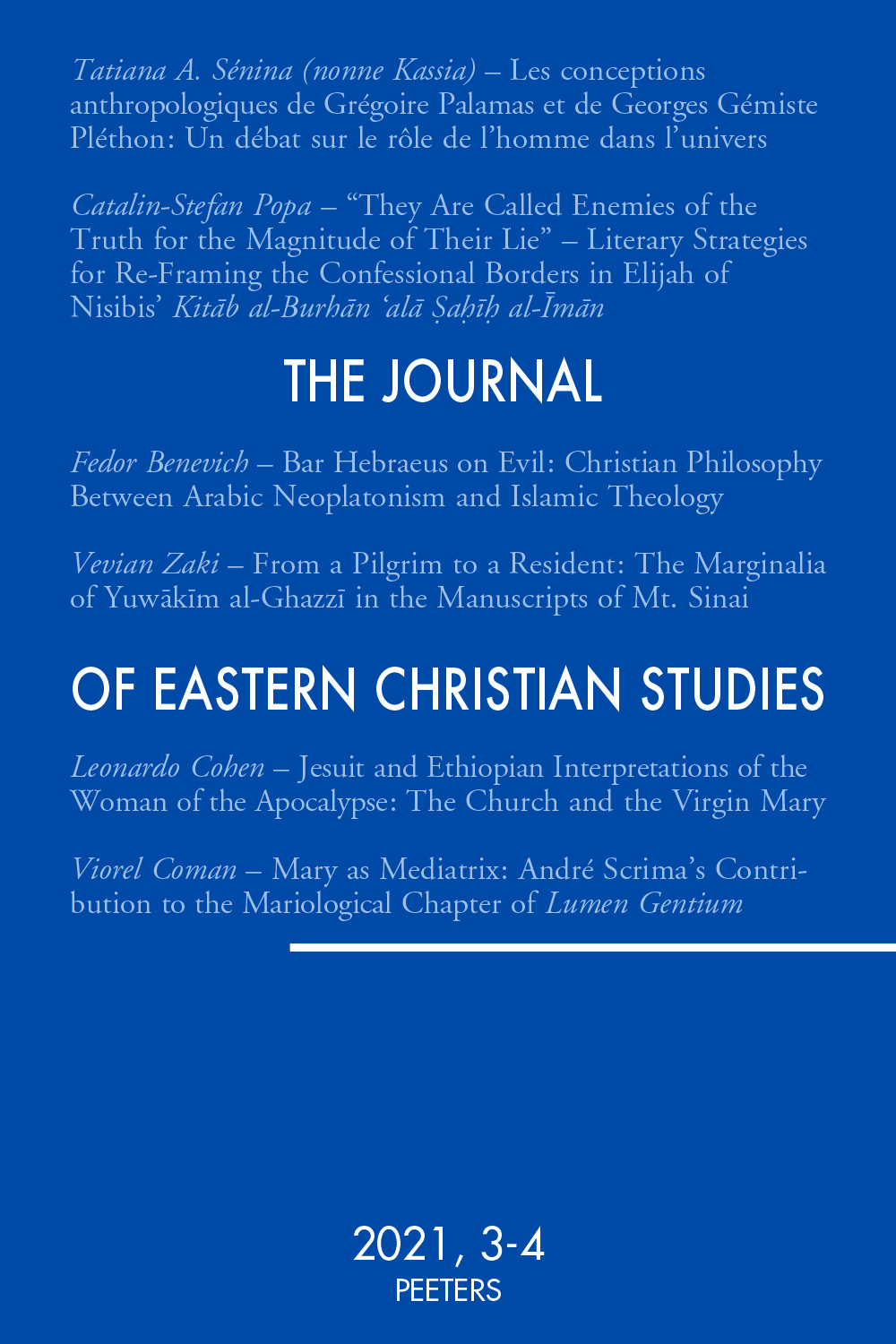 previous article in this issue previous article in this issue | next article in this issue  |

|
Document Details : Title: The Armenian-Syrian-Byzantine Council of Širakawan, 862 Author(s): DORFMANN-LAZAREV, Igor Journal: Journal of Eastern Christian Studies Volume: 68 Issue: 3-4 Date: 2016 Pages: 293-313 DOI: 10.2143/JECS.68.3.3191689 Abstract : This chapter presents a new critical edition, a translation and a commentary of the acts of the Council of Širakawan. In 862, the Armenian Catholicos Zachary of Jagk‘ received an emissary of Photios of Constantinople, who conveyed to him the Patriarch’s appeal for Church reunion. In response, Zachary convened a Council in Širakawan, in which representatives of the Armenian, the Byzantine and the West-Syrian Churches took part. The embassy to Armenia was a part of the vast ecclesiastical activity that the Byzantines conducted in the Black Sea basin during those years, primarily at Photios’s own initiative. The Byzantine mission to Armenia occurred at the moment when the conflict between the patriarchal sees of Constantinople and Rome was deepening; Pope Nicholas had declined to recognise Photios’s enthronement and had also advanced several territorial claims of the Roman See. By sending his emissary to Armenia, Photios presented himself as a promoter of Christian unity, defying thereby Roman claims of universal jurisdiction. The fact that Zachary had been ordained three years earlier, in Širakawan, in a manner similar to the ordination of Photios could have offered him additional grounds to expect support from the Armenian primate. The Council took place after several years of an unprecedented Byzantine advance on the Arab front. Reminiscent of the Emperor Herakleios’s initiatives on the morrow of his re-conquest of Jerusalem in 629, the assembly convened at Širakawan was intended to work out a formula of mutual recognition between representatives of the ancient Christian œcoumene. Although the Council did not achieve a reunion of the two Churches, it formulated an agreement which allowed for the peaceful co-existence of Orthodox and non-Chalcedonians in the Byzantine-Armenian borderlands. Thereby, both the Armenian faith and the Byzantine mission to the Armenians were acknowledged. At the same time, the Orthodox Church was secured against a possible influx of neophytes motivated by reasons of convenience. This settlement was intended to prevent the emigration of Armenians from the territories conquered by the Byzantines: they need no longer fear religious persecution. |
